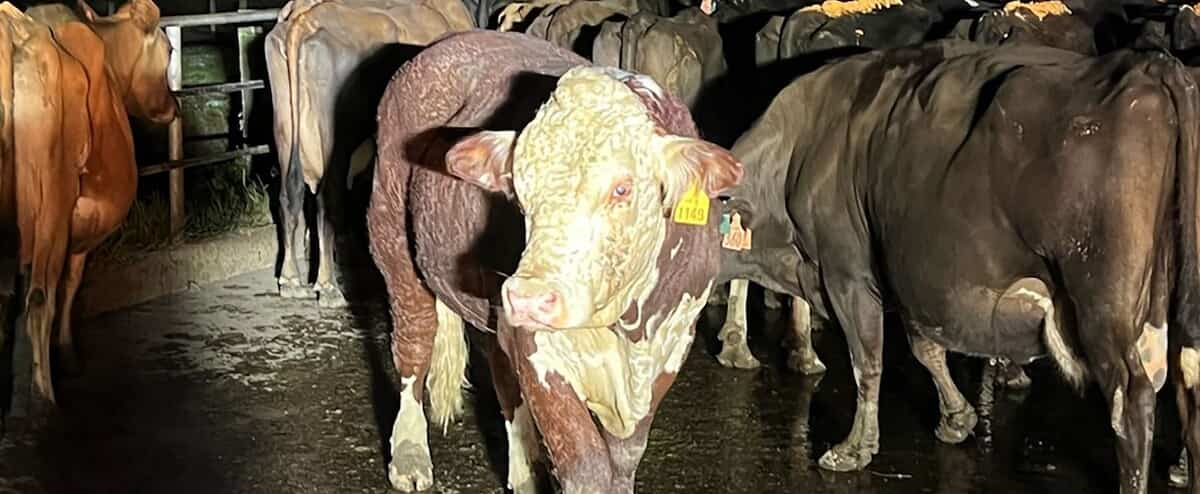
New Zealand: Farmers still choke on cow burps and fart tax scheme
The New Zealand government’s controversial plan to tax greenhouse gas emissions by belching livestock and gassing still doesn’t sit well with farmers, despite several changes.
• Also read: New Zealand wants to tax cow farts
New Zealand intends to impose the world’s first tax on methane and nitrous oxide emissions, to control the environmental footprint of its six million cows and 26 million sheep.
Methane is less abundant and does not last as long in the atmosphere as carbon dioxide, but it is a much stronger factor in climate change.
Scientists estimate that this chemical compound is responsible for about 30% of global warming since the Industrial Revolution, although it only represents a fraction of the greenhouse gas composition.
Under the first version of this plan, farmers would have to pay according to the emissions of their animals, which sent the New Zealand farming community into a frenzy and sparked protests in late October.
The farmers had simply asked the Prime Minister, Jacinda Ardern, to drop the tax, citing the risks of higher food prices.
One of the changes the government made on Wednesday includes the possibility of offsetting animal carbon emissions by developing forests on farms, in order to benefit from lower taxes.
“Our common goal is to help farmers increase exports, reduce their emissions and ensure that our agricultural sector remains internationally competitive,” Ardern said in a statement.
“Only New Zealand chooses a punitive response,” New Zealand Farmers’ Federation president Andrew Hoggard criticized in a statement, adding that agricultural production was an “efficient” and “not-for-profit” sector.
He also accused the government of making “vague promises”, despite Jacinda Ardern’s desire to put in place a “sustainable system for reducing emissions”.

“Reader. Travel maven. Student. Passionate tv junkie. Internet ninja. Twitter advocate. Web nerd. Bacon buff.”
